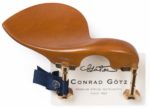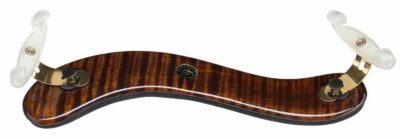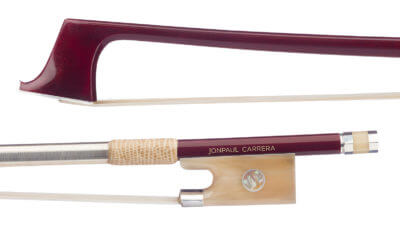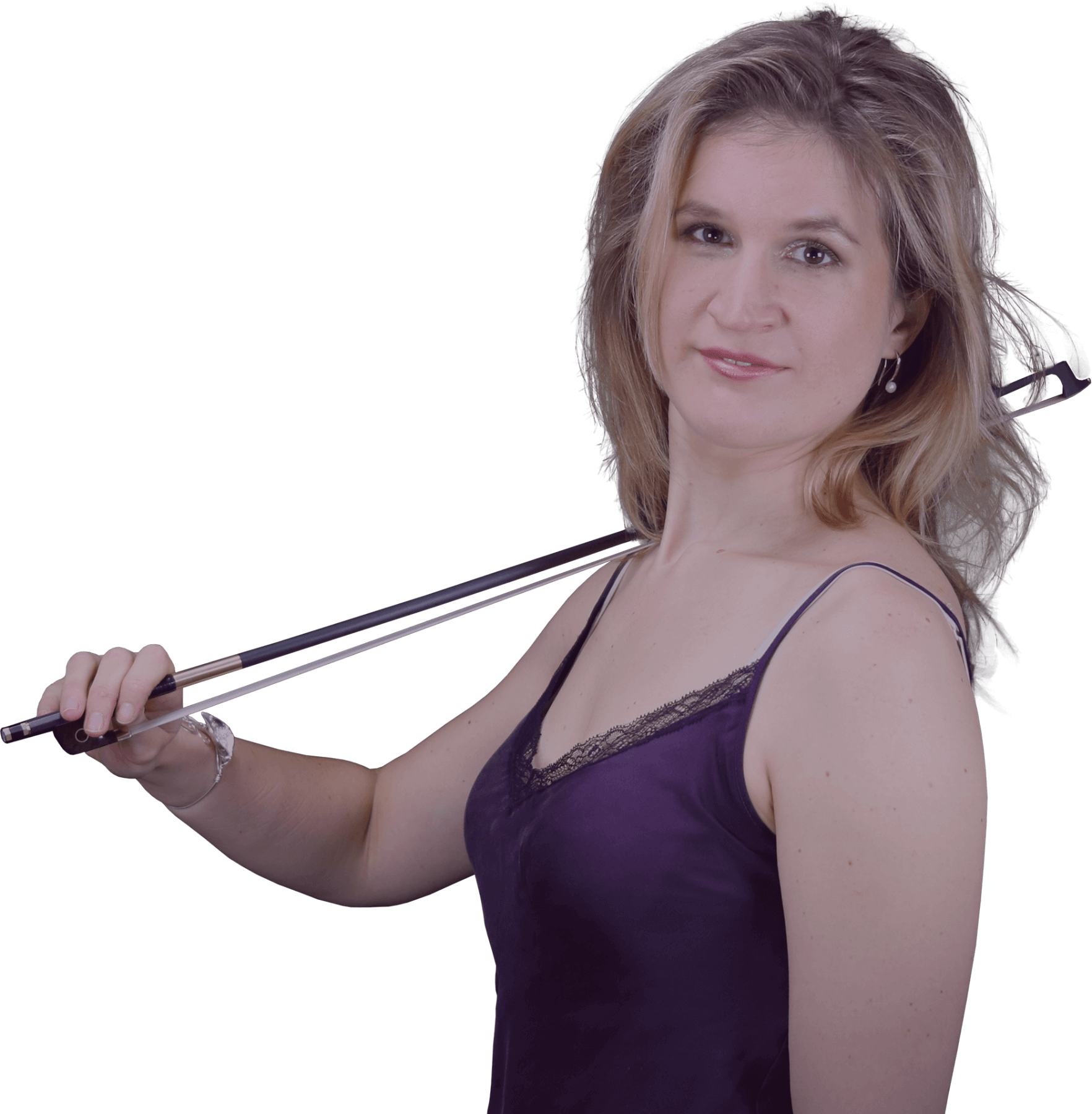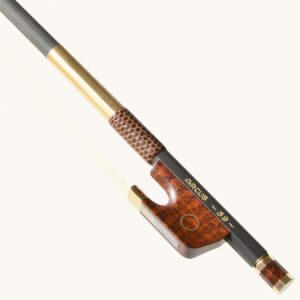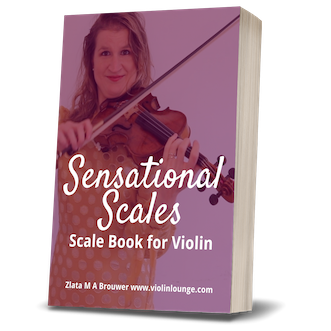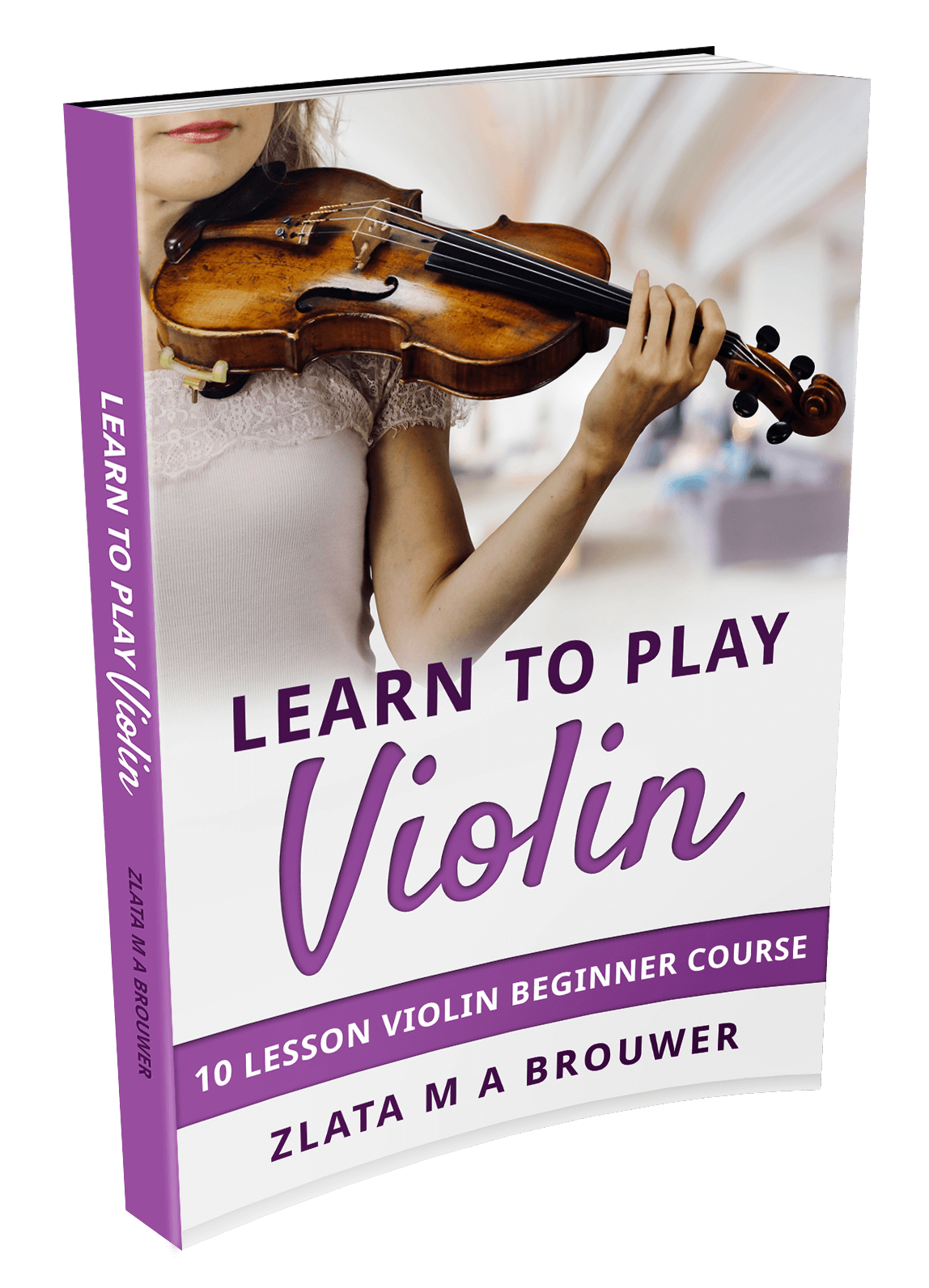What Chinrest and Shoulder Rest I Use and Why
Now I play the violin comfortably without pain!
How I picked and adjusted my current chinrest and shoulder rest and what you should look for when buying one
A lot of violin players have spend a lot of money on rests and have a collection just catching dust. Around 60 to 80 percent of violin players complains about pain or not being able to play relaxed and comfortably.
How to avoid endlessly buying chinrests and shoulder rests
1) Don’t do as I do!
Choosing the right chinrest and shoulder rest is something very personal. Don’t follow me, your teacher or your favorite soloist blindly! Yes, what others have can inspire you, but always look at the complete picture: How is the shape of their body, their length, the length of their arms? How do they hold and play the violin? Is it the same or very different than your body, posture and hold?
2) 80% of the solution lies in your body posture and violin hold, just 20% in the rests
Of course this is just a rough estimate. After owning a violin shop for over 10 years, I’ve seen so many people struggle endlessly with rests, while the problem was in their body posture and playing technique. Chinrests and shoulder rests can NEVER compensate a bad posture and technique.
3) Don’t spend a fortune on different rest. Try different adjustments on the one you own.
Another experience from my violin shop: over 90% of players can be very happy and comfortable with a good old Wolf rest. You can adjust them in width and height, tilt them and bend them. There are other brands that offer the same flexibility. Before you buy a new rest, experiment with the adjustment of your current rest first.
From sponge to Wolf shoulder rest
 When I started playing the violin at the age of eight, I used a yellow bath sponge with an elastic band
When I started playing the violin at the age of eight, I used a yellow bath sponge with an elastic band
Yup, were spoiled these days. My parents didn’t have the money for a ‘real’ shoulder rest. Also I played with my sheet music on the dinner table by lack of a music stand. However, I learned to play this way, so don’t worry too much about the things you should buy or not.
After some time I got a real shoulder rest, but the guy in the music store made a mistake and I played with a viola rest for years. My English was too limited those days to distinguish viola from violin.
So… it took years before I actually got a fitting normal Wolf violin shoulder rest and I played with that for over ten years.
For the chinrest I think I’ve always sticked to a Guarneri rest. I liked the ‘hump’ that goes behind your jaw bone, so the violin won’t slip away.
Now I play with more freedom of movement
Quite late, in the last years at the conservatory, I finally had a teacher who busted the myth that you have to hold the violin with your chin and shoulder
I learned a whole new left hand technique. It dramatically improved my intonation, my vibrato and made me play way more comfortable. It means that you let the violin rest on your collar bone, balance it between your collar bone and left arm and have an active left hand and fingers.
It completely releases the tension in your neck and shoulders. It makes your violin hold more flexibele and balanced opening up new possibilities of expression. Ok, enough about this as I teach it in Free your Vibrato and this article was meant to be just about my set up.
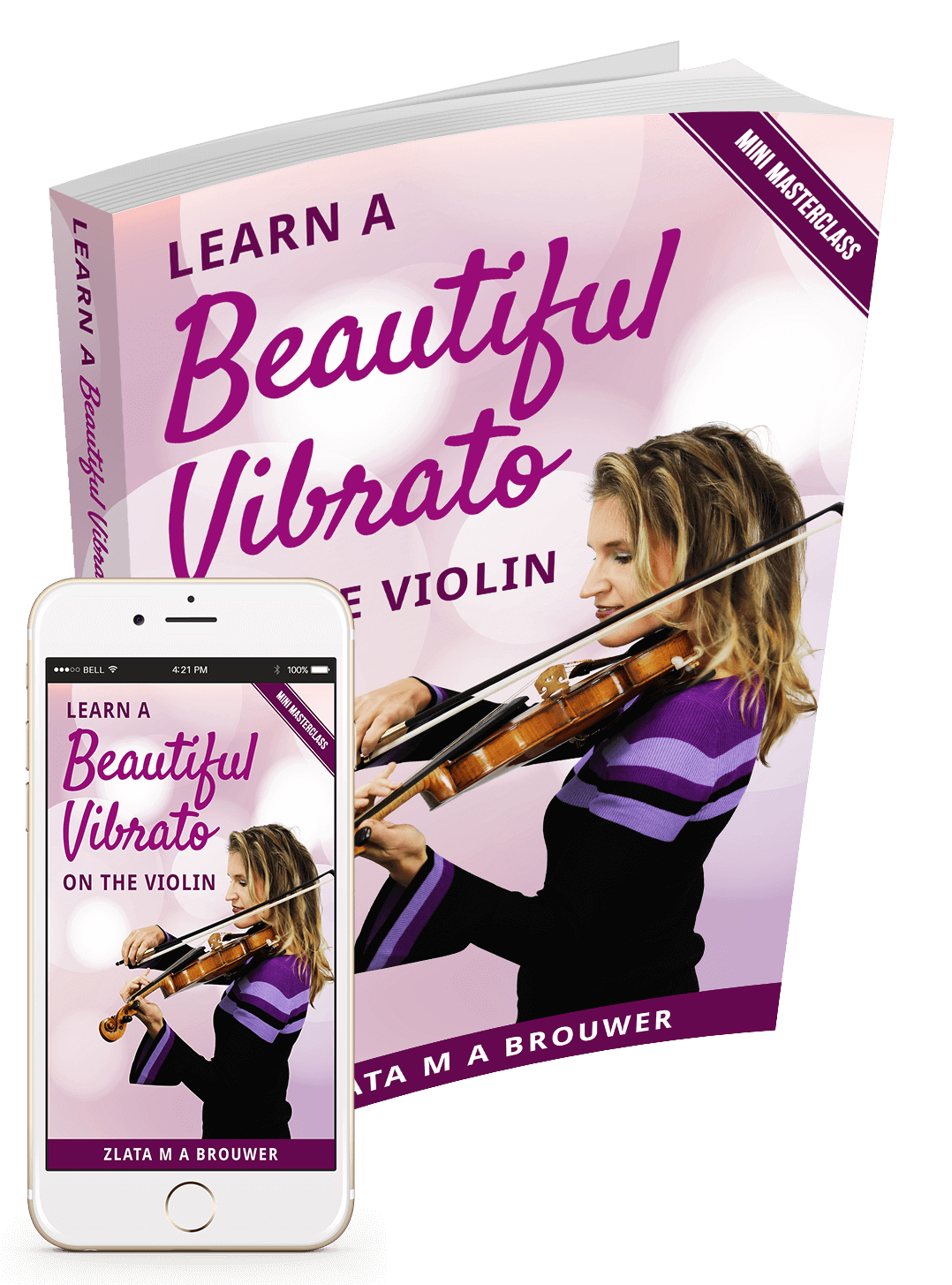
Learn a Beautiful Vibrato on the Violin
Join this free mini Mini Masterclass

Hi! I'm Zlata
Classical violinist helping you overcome technical struggles and play with feeling by improving your bow technique.
My Stradivari chinrest
I discovered that the hump in my Guarneri rest caused tension in my neck
The chinrest pulled my neck and I had to compensate with muscle power. I needed a smaller and flatter chinrest. As I owned a violin shop I could try out any chinrest I want. I did and with all rests I missed the Guarneri shape. What I like best now for years, is the Stradivari chinrest. You don’t see them often, but I find them REALLY comfortable.
However, mind my disclaimer: what’s good for me, isn’t necessarily good for you. Watch this video about adjusting your chinrest and playing comfortably.
My Viva la Musica Diamond shoulder rest
Now my violin sounds better and I have more freedom of movement
Did you know a shoulder rest mutes the sound of your violin?
You can try it out by playing with and without your shoulder rest. I found the VLM Augustin Diamond shoulder rest, because it’s light and doesn’t mute your violin. The feet have a special design and barely touch your violin.
With my new playing technique I wanted to have contact between the violin and my collar bone. Also I wanted to have a lot of freedom of movement. As I support the violin partially with my left arm, I don’t need so much stability as I have a better balance. The VLM rest allow me to adjust the feet in many ways and also make the rest very low.
What’s your story?
What chinrest and shoulder rest do you use? Or do you play without? Let me know in the comments!

